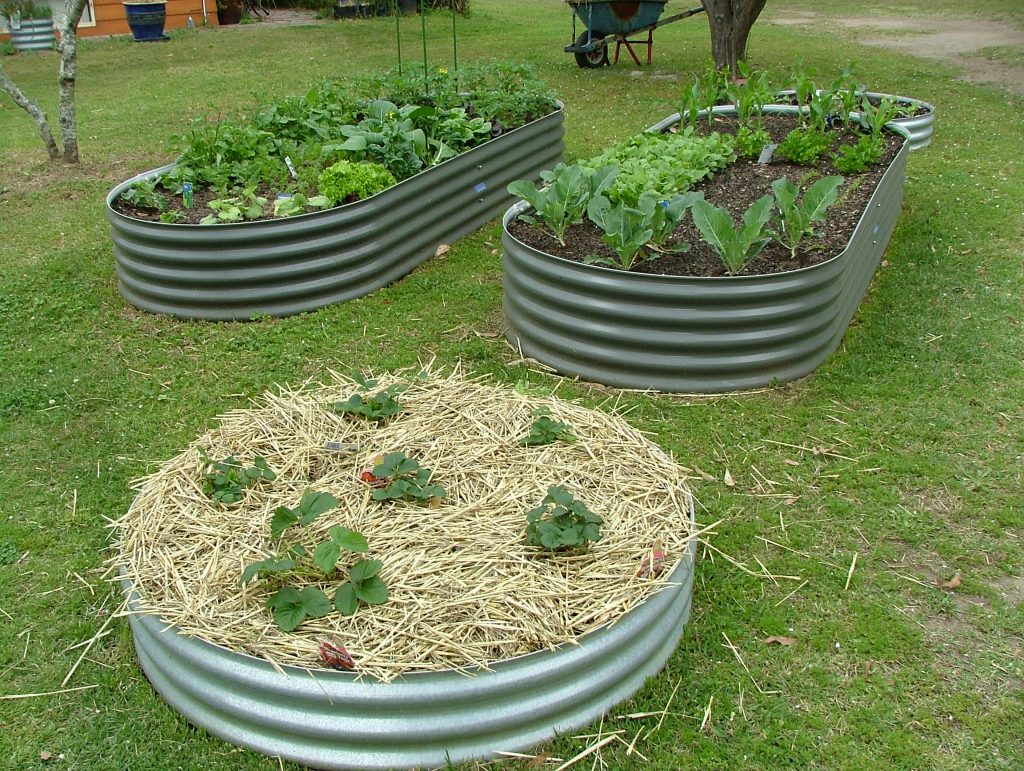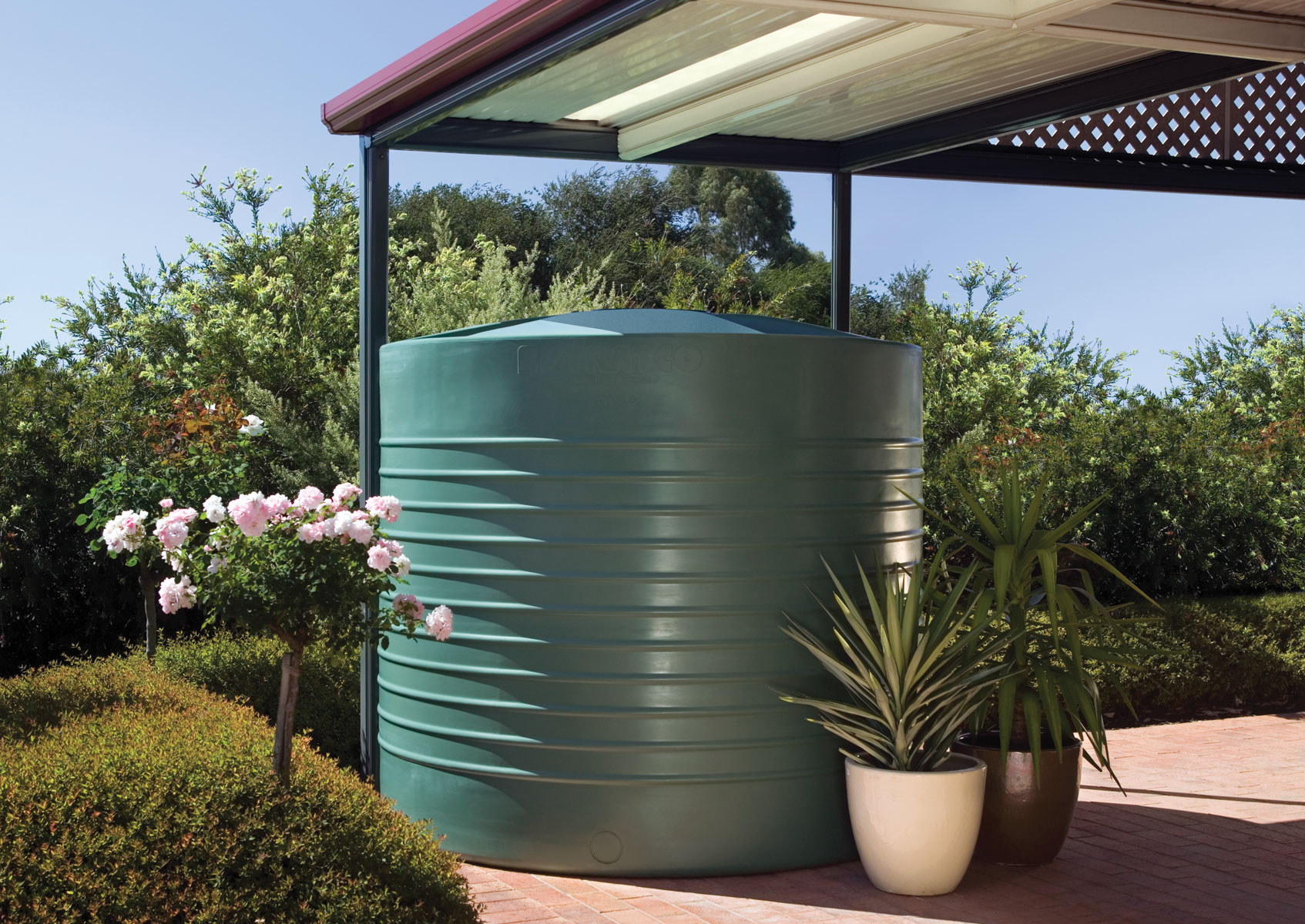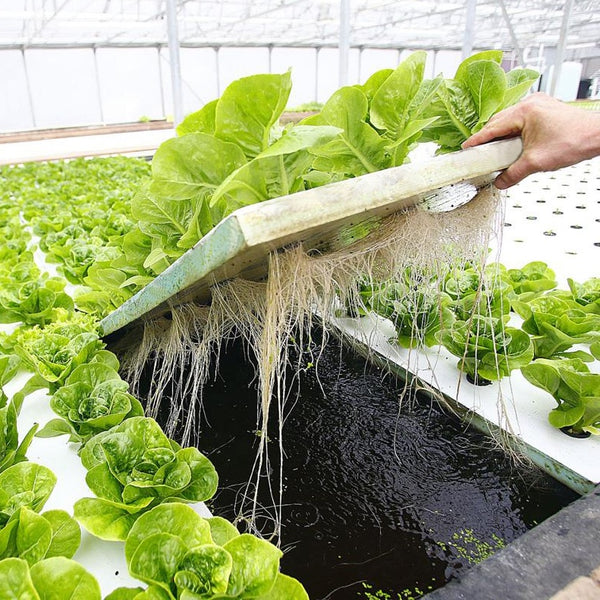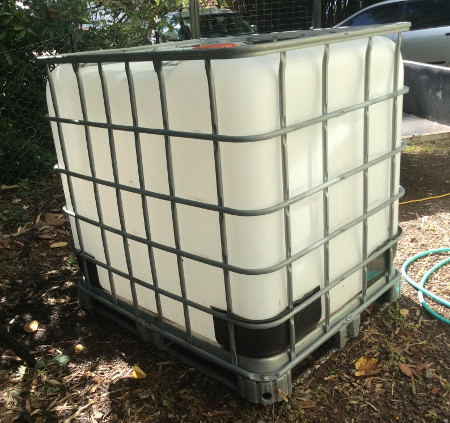How To Grow A Bountiful Garden In A Water Tank
Introduction
Growing a garden in a water tank is a great way to save space, water, and money. It's also a fun and rewarding project that can be enjoyed by people of all ages.
In this blog post, I will share some tips on how to grow a bountiful garden in a water tank. I will cover topics such as choosing the right tank, preparing the soil, selecting the right plants, and watering your garden.
Choosing the Right Tank
The first step is to choose the right tank. You will need a tank that is large enough to accommodate the plants you want to grow. The tank should also have a drainage hole in the bottom to prevent the soil from becoming waterlogged.
If you are on a budget, you can use an old water tank or a plastic storage container. However, if you want to create a more permanent garden, you can purchase a special water tank garden kit.
Preparing the Soil
Once you have chosen a tank, you need to prepare the soil. The soil should be well-drained and nutrient-rich. You can add compost or other organic matter to the soil to improve its drainage and fertility.
You should also add a layer of gravel or pebbles to the bottom of the tank to help with drainage.
Selecting the Right Plants
Not all plants are created equal when it comes to growing in water tanks. Some plants are more tolerant of drought and heat than others.
When selecting plants for your water tank garden, choose plants that are known for their water-saving qualities. Some good choices include tomatoes, cucumbers, peppers, eggplants, herbs, and lettuce.
Watering Your Garden
Watering your water tank garden is essential. However, you need to be careful not to overwater your plants. Too much water can drown the roots and kill your plants.
The best way to water your water tank garden is to use a drip irrigation system. This will help you to water your plants evenly and prevent overwatering.
Conclusion
Growing a bountiful garden in a water tank is a great way to save space, water, and money. It's also a fun and rewarding project that can be enjoyed by people of all ages.
I hope these tips have inspired you to start your own water tank garden. With a little planning and care, you can enjoy fresh, homegrown produce all season long.
Are you looking for a way to save water and create a beautiful garden? If so, you should consider using a water tank garden bed. Water tank garden beds are a great way to grow your own food while reducing your water usage. They are also a great way to add a touch of beauty to your yard.
If you are interested in learning more about water tank garden beds, I encourage you to visit Garden Wiki. This website has a wealth of information about water tank garden beds, including how to build them, what plants to grow in them, and how to maintain them.
FAQ of water tank garden beds
- What are water tank garden beds?
Water tank garden beds are raised beds that are made from old water tanks. They are a great way to reuse old tanks and to create a productive garden space. Water tank garden beds can be made from a variety of materials, including metal, plastic, and concrete. They can be any size, but they are typically 2-4 feet deep and 4-6 feet wide.
- What are the benefits of using water tank garden beds?
There are many benefits to using water tank garden beds. They are:
* Efficient use of space: Water tank garden beds can be placed in tight spaces, such as on patios or balconies.
* Easy to maintain: Water tank garden beds are easy to weed and water.
* Durable: Water tank garden beds are made from durable materials that can withstand the elements.
* Affordable: Water tank garden beds can be made from recycled materials, which can save you money.
- What are the drawbacks of using water tank garden beds?
There are a few drawbacks to using water tank garden beds. They are:
* Weight: Water tank garden beds can be heavy, so they may be difficult to move.
* Lack of drainage: If the water tank garden bed is not properly drained, it can become waterlogged and the plants can suffer.
* Potential for rust: If the water tank garden bed is made from metal, it can rust over time.
- How do I choose the right water tank for a garden bed?
When choosing a water tank for a garden bed, there are a few things to consider:
* Size: The size of the water tank will determine the size of the garden bed.
* Material: The material of the water tank will affect the durability and longevity of the garden bed.
* Condition: The condition of the water tank should be checked to make sure that it is free of rust and leaks.
- How do I set up a water tank garden bed?
Once you have chosen a water tank, you can set up your garden bed. The steps involved in setting up a water tank garden bed are:
1. Prepare the site. The site should be level and free of debris.
2. Place the water tank. The water tank should be placed in the center of the site.
3. Fill the water tank. The water tank should be filled with soil to the desired depth.
4. Plant your plants. Plant your plants in the soil.
5. Water your plants. Water your plants regularly.
- How do I care for a water tank garden bed?
The care of a water tank garden bed is relatively simple. The main tasks involved in caring for a water tank garden bed are:
* Watering: Water your plants regularly, especially during hot weather.
* Weeding: Weed your garden bed regularly to prevent weeds from competing with your plants for water and nutrients.
* Fertilizing: Fertilize your plants every few months to ensure that they have the nutrients they need to thrive.
Image of water tank garden beds
- Image 1: A vertical water tank garden bed made from a repurposed metal tank. The tank is filled with soil and planted with a variety of herbs and vegetables.
- Image 2: A raised water tank garden bed made from a wooden pallet. The bed is filled with soil and planted with a variety of flowers and succulents.

- Image 3: A sunken water tank garden bed made from a concrete cistern. The bed is filled with soil and planted with a variety of trees and shrubs.

- Image 4: A round water tank garden bed made from a plastic drum. The drum is filled with soil and planted with a variety of flowers and herbs.

- Image 5: A square water tank garden bed made from a metal barrel. The barrel is filled with soil and planted with a variety of vegetables and fruits.
- Image 6: A freestanding water tank garden bed made from a concrete block. The block is filled with soil and planted with a variety of cacti and succulents.

- Image 7: A wall-mounted water tank garden bed made from a wooden planter. The planter is filled with soil and planted with a variety of herbs and flowers.

- Image 8: A hanging water tank garden bed made from a metal basket. The basket is filled with soil and planted with a variety of trailing plants.

- Image 9: A floating water tank garden bed made from a plastic tub. The tub is filled with soil and planted with a variety of water lilies and aquatic plants.

- Image 10: A tiered water tank garden bed made from a series of concrete blocks. The blocks are filled with soil and planted with a variety of vegetables, herbs, and flowers.



Post a Comment for "How To Grow A Bountiful Garden In A Water Tank"